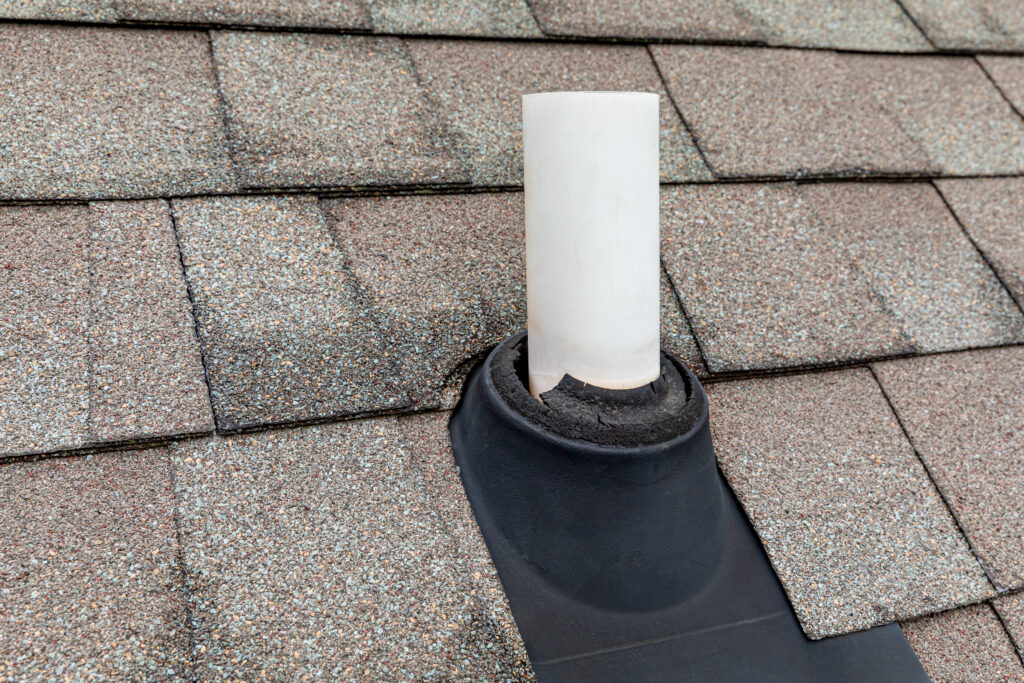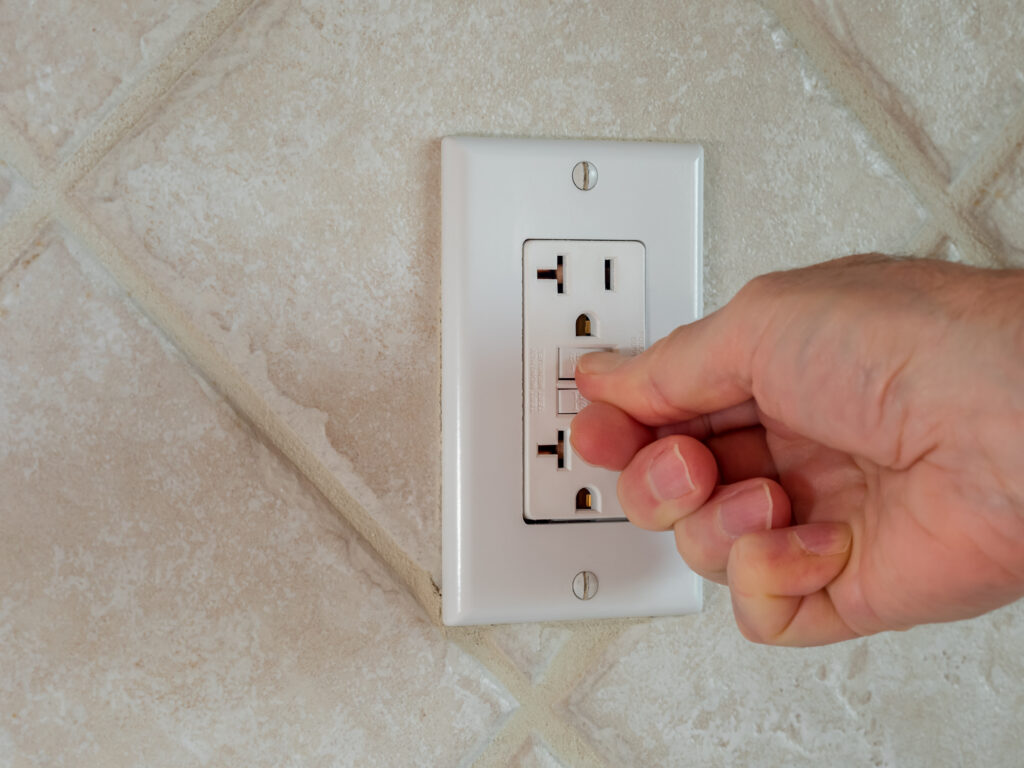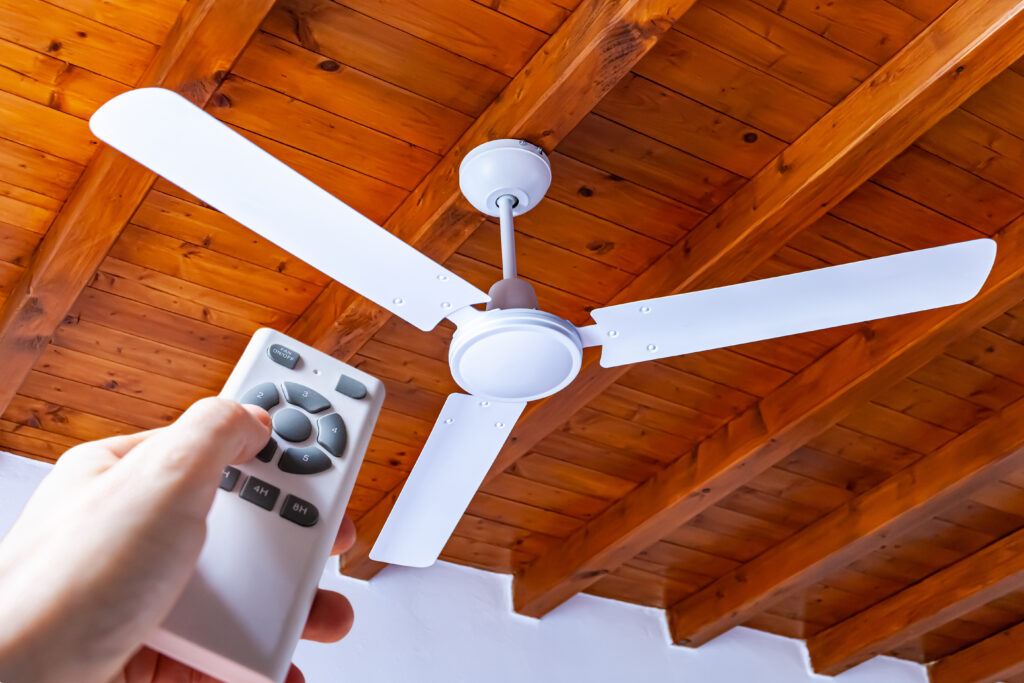Understanding Plumbing Vents: The Unsung Hero of Your Home’s Drainage System
Okay, let’s take a minute and talk about something—well, kind of invisible. Plumbing vents. Not the flashiest part of your home’s plumbing system, but absolutely critical. You might not see them, but if they weren’t working? Yikes. We’re talking slow drains, weird smells, even backed-up water where it has no business being. Whether you’re tackling a bathroom renovation or trying to decode that weird gurgling sound under the sink, understanding plumbing vent systems is essential. So let’s break it all down—no jargon, no nonsense—just smart, helpful info tailored for people who want a well-working, happier home.
What Are Plumbing Vents Anyway?
A plumbing vent, often called a vent stack or air vent, is a pipe that extends from your home’s plumbing system to the outside—typically through the roof. Its primary job is to regulate air pressure in your drainage system and help waste water flow smoothly. Think of it as your pipes’ way to breathe. Without that air exchange, you’d get vacuum pressure that slows down or even stops water flow entirely. It’s sort of like trying to pour a soda out of a bottle without cracking the cap a bit—it just doesn’t work that well. Vents also release sewer gases outdoors instead of letting them seep into your home. Essential? Completely. Underappreciated? Absolutely.
Why Plumbing Vents Matter More Than You Think
Your drains and plumbing fixtures rely on proper airflow to function correctly. Ever flushed a toilet and had the water in a nearby drain bubble up? That’s not ghosts—it’s improper venting. Good venting helps maintain water seals in traps, those u-shaped parts of pipes under your sinks or tubs that stop gases from coming back into the house. Poor venting breaks the seal, and suddenly you’ve got sewer smell wafting into your morning routine. No thank you. When venting is done right, everything flows better, stays quieter, and holds up longer. It’s like the backend wizardry of a smooth-running home—when it works, you don’t even know it’s there.
How the Plumbing Vent System Actually Works
Time for a little mental picture. Water leaves fixtures like toilets, showers, and sinks and travels through drain pipes. As it moves, it creates a vacuum behind it. That vacuum, if unchecked, can slow water flow or even cause pipes to suck air—and water—from other parts of the system. That’s where vents come in. They let air enter the pipe system, equalizing pressure, and keeping waste water moving out to the sewer or septic tank. Depending on your home design, the system might involve one main vent stack or multiple vents tied together. Each fixture should ideally have a vent pipe nearby—either its own or shared. When designed correctly, they work silently in the background, every flush and drain made efficient and, dare I say, elegant.
Types of Plumbing Vents Found in Homes
Not all plumbing vents are created equal—and that’s okay. Depending on your home setup, age, or local building code, you may find several types. There’s the main vent stack, which is typically a big vertical pipe going straight through the roof. Then there are branch vents that serve fixtures grouped together, and auxiliary vents that help out fixtures that are further from main drains. You might also have loop vents, especially in kitchen islands (since, uh, those can’t really vent up through the roof right?). Lastly, we’ve got air admittance valves (AAVs)—mechanical bits that let air in when needed but seal shut when not. They’re common in remodels and newer homes where cutting into the roof isn’t ideal. Each has pros and cons, but they all aim to do the same thing: get air into your pipes so water can get out.
Common Plumbing Vent Problems to Watch Out For
Unfortunately, like anything in your home, vent systems can fail. It’s not always dramatic either—issues can show up subtly. Gurgling drains, slow flushes, or persistent clogs could all indicate venting troubles. Other signs include that telltale sewer gas odor (yeah, if your bathroom suddenly smells like a bus station restroom, your vent system might be compromised). Clogs in vent pipes—usually from debris, leaves, or even nesting animals—can block airflow. In freezing regions, vents can get iced over in winter. Older homes may not meet modern code and lack adequate venting altogether. The good news? Often these are fixable with basic maintenance, vent cleaning, or with a plumber updating the layout slightly. It’s just… better if you catch it early, before your tub turns into a stagnant pond.
How to Maintain and Improve Your Plumbing Vent System
You don’t need to camp on your roof or memorize your home’s pipe layout, promise. But basic awareness can go a long way. Take note if any fixtures drain super slowly or make a “gulping” noise. That’s your cue to investigate. Occasionally inspect vent pipe exits on the roof—they should be free of obstructions like leaves, bird nests, or snow buildup. If your vent system uses AAVs, know that those have a limited lifespan and can fail over time. Replacing them is usually easy and cost-effective. Planning any remodel involving plumbing? Make sure vents are part of the conversation. Trust me. It’s a lot less glamorous than tile selection, but way more important in the long run.
Protect Your Plumbing System—And Your Budget—With a Home Warranty
A functioning plumbing vent system may not feel exciting—until it stops working. Then it’s an urgent, often expensive, mess. This is where a home warranty, like the plans from Armadillo, kicks in as your unexpected hero. Our coverage can help with plumbing issues including drain line cracks, clogs, vent failures, and more. The best part? You don’t have to become a plumbing expert overnight to make smart home decisions. Let us handle the behind-the-scenes chaos, so all you deal with is flushing, rinsing, and relaxing. Start by exploring your plan options today at our plan builder and let’s make your plumbing system—and everything it supports—that much stronger. Because behind every smooth-sailing drain is a solid home strategy. We just make it easier.


























